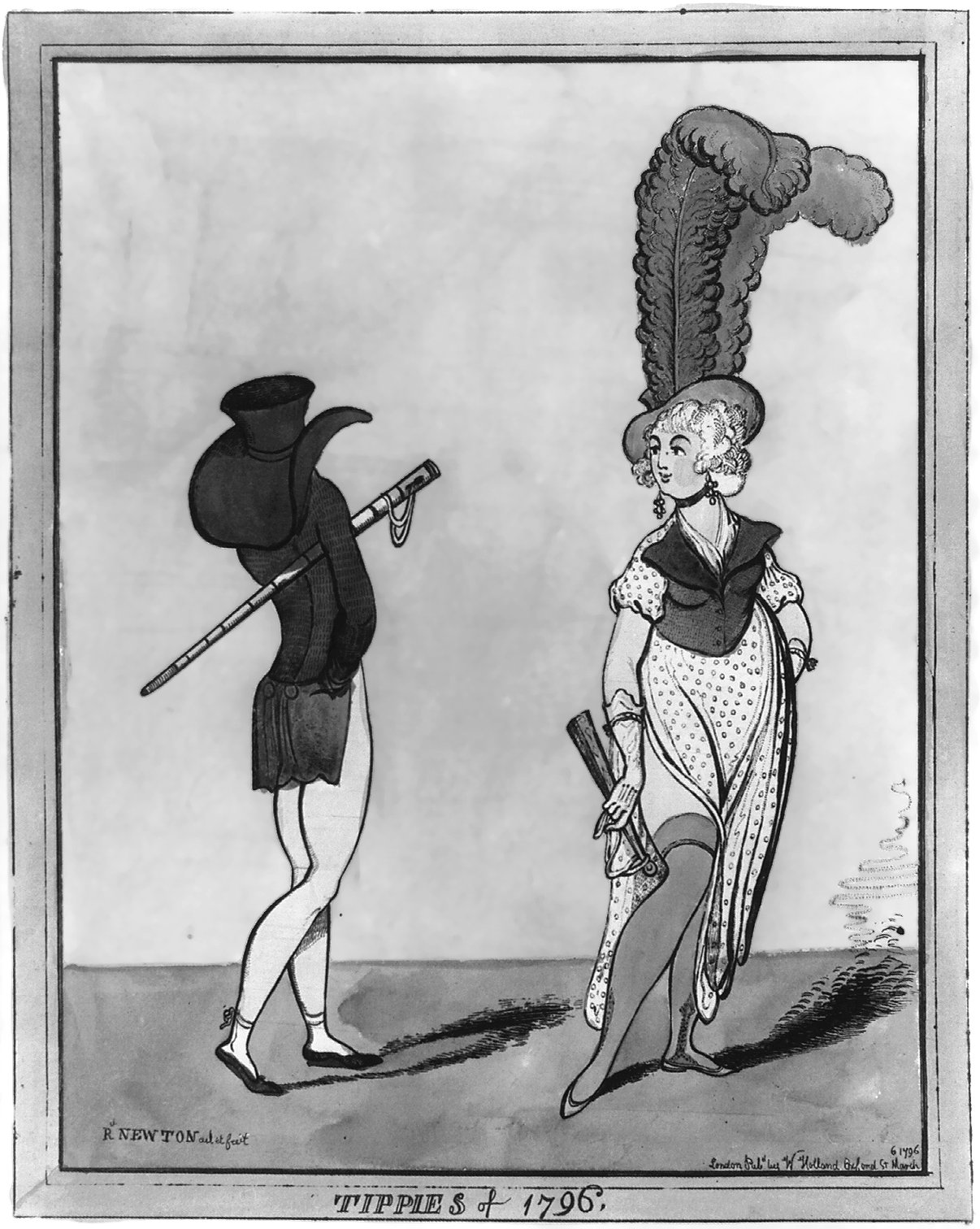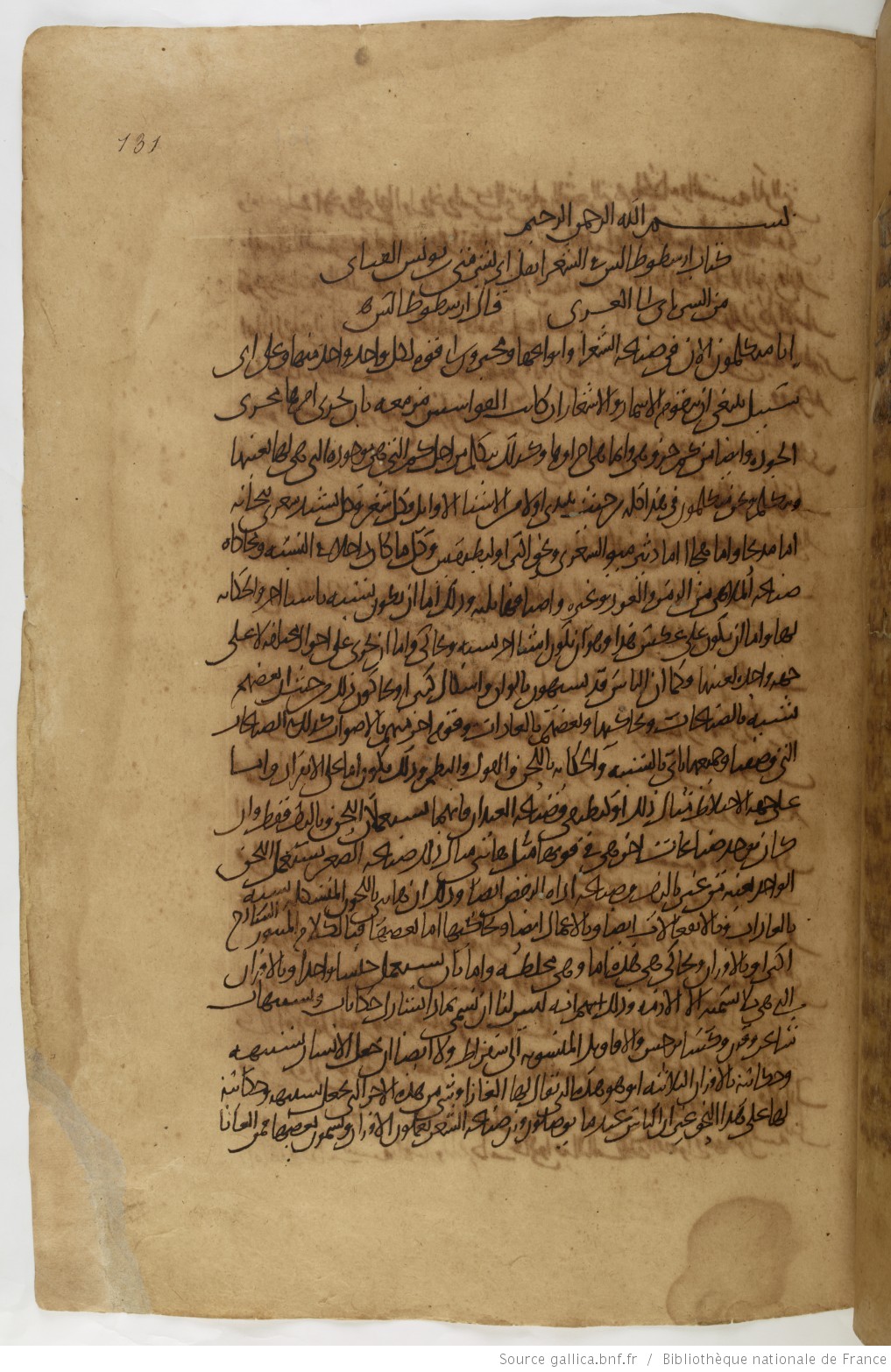|
Rhetorical Operations
In classical rhetoric, figures of speech are classified as one of the four fundamental rhetorical operations or ''quadripartita ratio'': addition (adiectio), omission (detractio), permutation (immutatio) and transposition (transmutatio). Classical origins The Latin ''Rhetorica ad Herennium'' (author unknown) from the 90s BCE, calls these four operations ἔνδεια, πλεονασμός, μετάθεσις and ἐναλλαγή. Philo of Alexandria (c. 25 BCE – c. 50 CE), writing in Greek, listed the operations as addition (πρόσθεσις), subtraction (ἀφαίρεσις), transposition (μετάθεσις), and transmutation (ἀλλοίωσις). Quintilian (c. 35 – c. 100) mentioned them in ''Institutio Oratoria'' (ca 95 CE). Quintilian saw rhetoric as the science of the possible deviation from a given norm, or from a pre-existing text taken as a model. Each variation can be seen as a ''figure'' (figures of speech or figures of thought). From this perspective, ... [...More Info...] [...Related Items...] OR: [Wikipedia] [Google] [Baidu] |
Classical Rhetoric
Rhetoric () is the art of persuasion, which along with grammar and logic (or dialectic), is one of the three ancient arts of discourse. Rhetoric aims to study the techniques writers or speakers utilize to inform, persuade, or motivate particular audiences in specific situations. Aristotle defines rhetoric as "the faculty of observing in any given case the available means of persuasion" and since mastery of the art was necessary for victory in a case at law, for passage of proposals in the assembly, or for fame as a speaker in civic ceremonies, he calls it "a combination of the science of logic and of the ethical branch of politics". Rhetoric typically provides heuristics for understanding, discovering, and developing arguments for particular situations, such as Aristotle's three persuasive audience appeals: logos, pathos, and ethos. The five canons of rhetoric or phases of developing a persuasive speech were first codified in classical Rome: invention, arrangement, sty ... [...More Info...] [...Related Items...] OR: [Wikipedia] [Google] [Baidu] |
Exaggeration
Exaggeration is the representation of something as more extreme or dramatic than it really is. Exaggeration may occur intentionally or unintentionally. Exaggeration can be a rhetorical device or figure of speech. It may be used to evoke strong feelings or to create a strong impression. Amplifying achievements, obstacles and problems to seek attention is an everyday occurrence Inflating the difficulty of achieving a goal after attaining it, can be used to bolster self-esteem. In the arts, exaggerations are used to create emphasis or effect. As a literary device, exaggerations is often used in poetry, and is frequently encountered in casual speech. Many times the usages of hyperbole describes something as better or worse than it really is. An example of hyperbole is: "The bag weighed a ton." Hyperbole makes the point that the bag was very heavy, though it probably does not weigh a ton. Exaggerating is also a type of deception,Guerrero, L., Anderson, P., Afifi, W. (2007) ... [...More Info...] [...Related Items...] OR: [Wikipedia] [Google] [Baidu] |
Epitome
An epitome (; gr, ἐπιτομή, from ἐπιτέμνειν ''epitemnein'' meaning "to cut short") is a summary or miniature form, or an instance that represents a larger reality, also used as a synonym for embodiment. Epitomacy represents "to the degree of." An abridgment differs from an epitome in that an abridgment is made of selected quotations of a larger work; no new writing is composed, as opposed to the epitome, which is an original summation of a work, at least in part. Many documents from the Ancient Greek and Roman worlds survive now only "in epitome," referring to the practice of some later authors (epitomators) who wrote distilled versions of larger works now lost. Some writers attempted to convey the stance and spirit of the original, while others added further details or anecdotes regarding the general subject. As with all secondary historical sources, a different bias not present in the original may creep in. Documents surviving in epitome differ from those su ... [...More Info...] [...Related Items...] OR: [Wikipedia] [Google] [Baidu] |
Cicero
Marcus Tullius Cicero ( ; ; 3 January 106 BC – 7 December 43 BC) was a Roman statesman, lawyer, scholar, philosopher, and academic skeptic, who tried to uphold optimate principles during the political crises that led to the establishment of the Roman Empire. His extensive writings include treatises on rhetoric, philosophy and politics, and he is considered one of Rome's greatest orators and prose stylists. He came from a wealthy municipal family of the Roman equestrian order, and served as consul in 63 BC. His influence on the Latin language was immense. He wrote more than three-quarters of extant Latin literature that is known to have existed in his lifetime, and it has been said that subsequent prose was either a reaction against or a return to his style, not only in Latin but in European languages up to the 19th century. Cicero introduced into Latin the arguments of the chief schools of Hellenistic philosophy and created a Latin philosophical vocabulary ... [...More Info...] [...Related Items...] OR: [Wikipedia] [Google] [Baidu] |
Enthymeme
An enthymeme ( el, ἐνθύμημα, ''enthýmēma'') is a form of rational appeal, or deductive argument. It is also known as a rhetorical syllogism and is used in oratorical practice. While the syllogism is used in dialectic, or the art of logical discussion, the enthymeme is used in rhetoric, or the art of public speaking. Enthymemes are usually developed from premises that accord with the audience's view of the world and what is taken to be common sense. However, where the general premise of a syllogism is supposed to be true, making the subsequent deduction necessary, the general premise of an enthymeme is merely probable, which leads only to a tentative conclusion. Originally theorized by Aristotle, there are four types of enthymeme, at least two of which are described in Aristotle's work. Aristotle referred to the enthymeme as "the body of proof", "the strongest of rhetorical proofs...a kind of syllogism" (''Rhetoric'' I, 1.3,11). He considered it to be one of two kinds of ... [...More Info...] [...Related Items...] OR: [Wikipedia] [Google] [Baidu] |
The Poetics
Aristotle's ''Poetics'' ( grc-gre, Περὶ ποιητικῆς ''Peri poietikês''; la, De Poetica; c. 335 BCDukore (1974, 31).) is the earliest surviving work of Greek dramatic theory and first extant philosophical treatise to focus on literary theory. In this text Aristotle offers an account of ποιητική, which refers to poetry and more literally "the poetic art," deriving from the term for "poet; author; maker," ποιητής. Aristotle divides the art of poetry into verse drama (to include comedy, tragedy, and the satyr play), lyric poetry, and epic. The genres all share the function of mimesis, or imitation of life, but differ in three ways that Aristotle describes: # Differences in music rhythm, harmony, meter and melody. # Difference of goodness in the characters. # Difference in how the narrative is presented: telling a story or acting it out. The surviving book of ''Poetics'' is primarily concerned with drama, and the analysis of tragedy constitutes the c ... [...More Info...] [...Related Items...] OR: [Wikipedia] [Google] [Baidu] |
Aristotle
Aristotle (; grc-gre, Ἀριστοτέλης ''Aristotélēs'', ; 384–322 BC) was a Greek philosopher and polymath during the Classical period in Ancient Greece. Taught by Plato, he was the founder of the Peripatetic school of philosophy within the Lyceum and the wider Aristotelian tradition. His writings cover many subjects including physics, biology, zoology, metaphysics, logic, ethics, aesthetics, poetry, theatre, music, rhetoric, psychology, linguistics, economics, politics, meteorology, geology, and government. Aristotle provided a complex synthesis of the various philosophies existing prior to him. It was above all from his teachings that the West inherited its intellectual lexicon, as well as problems and methods of inquiry. As a result, his philosophy has exerted a unique influence on almost every form of knowledge in the West and it continues to be a subject of contemporary philosophical discussion. Little is known about his life. Aristotle was born in th ... [...More Info...] [...Related Items...] OR: [Wikipedia] [Google] [Baidu] |
Dispositio
Dispositio is the system used for the organization of arguments in the context of Western classical rhetoric. The word is Latin, and can be translated as "organization" or "arrangement". It is the second of five canons of classical rhetoric (the first being inventio, and the remaining being elocutio, memoria, and pronuntiatio) that concern the crafting and delivery of speeches and writing. The first part of any rhetorical exercise was to discover the proper arguments to use, which was done by the formalized methods of ''inventio''. The next problem was to select various arguments and organize them into an effective discourse. Aristotle Aristotle defined two essential parts of a discourse: the statement of the case and the proof of the case. For example, in a legal argument, a prosecutor must first declare the charges against the defendant and provide the relevant facts; then he must present the evidence that proves guilt. Aristotle allowed that in practice most discourse als ... [...More Info...] [...Related Items...] OR: [Wikipedia] [Google] [Baidu] |
Inventio
''Inventio'', one of the five canons of rhetoric, is the method used for the ''discovery of arguments'' in Western rhetoric and comes from the Latin word, meaning "invention" or "discovery". ''Inventio'' is the central, indispensable canon of rhetoric, and traditionally means a systematic search for arguments. A speaker uses ''Inventio'' when they begin the thought process to form and develop an effective argument. Often, the invention phase can be seen as the first step in an attempt to generate ideas or create an argument that is convincing and compelling. The other four canons of classical rhetoric (namely dispositio, elocutio, memoria, and pronuntiatio) rely on their interrelationship with invention. Purpose According to Crowley and Hawhee, invention is the division of rhetoric that investigates the possible means by which proofs can be discovered. It supplies the speaker and writers with sets of instructions or ideas that help them to find and compose arguments that are a ... [...More Info...] [...Related Items...] OR: [Wikipedia] [Google] [Baidu] |
Epideictic
The epideictic oratory, also called ceremonial oratory, or praise-and-blame rhetoric, is one of the three branches, or "species" (eidē), of rhetoric as outlined in Aristotle's ''Rhetoric'', to be used to praise or blame during ceremonies. Origin and pronunciation The term's root has to do with display or show (''deixis''). It is a literary or rhetorical term from the Greek ἐπιδεικτικός "for show". It is generally pronounced orAnother English form, now less common, is ''epidictic'' . Characteristics This is rhetoric of ceremony, commemoration, declamation, demonstration, on the one hand, and of play, entertainment and display, including self-display. It is also the rhetoric used at festivals, the Olympic Games, Olympic games, state visits and other formal events like the opening and closing ceremonies, and celebrations of anniversaries of important events, including illustrious victories, births, deaths, and weddings. Its major subject is praise and blame, ac ... [...More Info...] [...Related Items...] OR: [Wikipedia] [Google] [Baidu] |
Figure Of Thought
A figure of thought ( la, figura sententiae, el, schema dianoias) is a rhetorical device sometimes distinguished from figure of speech. In another sense the term has been used in the study of diagrams and drawings. Application to Latin literature It may be difficult to draw the distinction between figures of speech and figures of thought, especially when the primary area of inquiry is poetry rather than a prose composition, which adheres to the rules of rhetorical theory that were for the most part created in their fullest articulation in the age of Quintilian (c. 35 – c. 100). In their approach to language, the Roman poets (Horace, Catullus, Propertius, Tibullus) did not distinguish between ''inventio'' and '' elocutio'', which explains somewhat our confusion between figures of thought and figures of speech. The latter are exemplified most immediately by conceptual substitutions, such as metaphor or synecdoche, but if we consider not just the mere ''linguistic'' aspect of the s ... [...More Info...] [...Related Items...] OR: [Wikipedia] [Google] [Baidu] |
.jpg)



